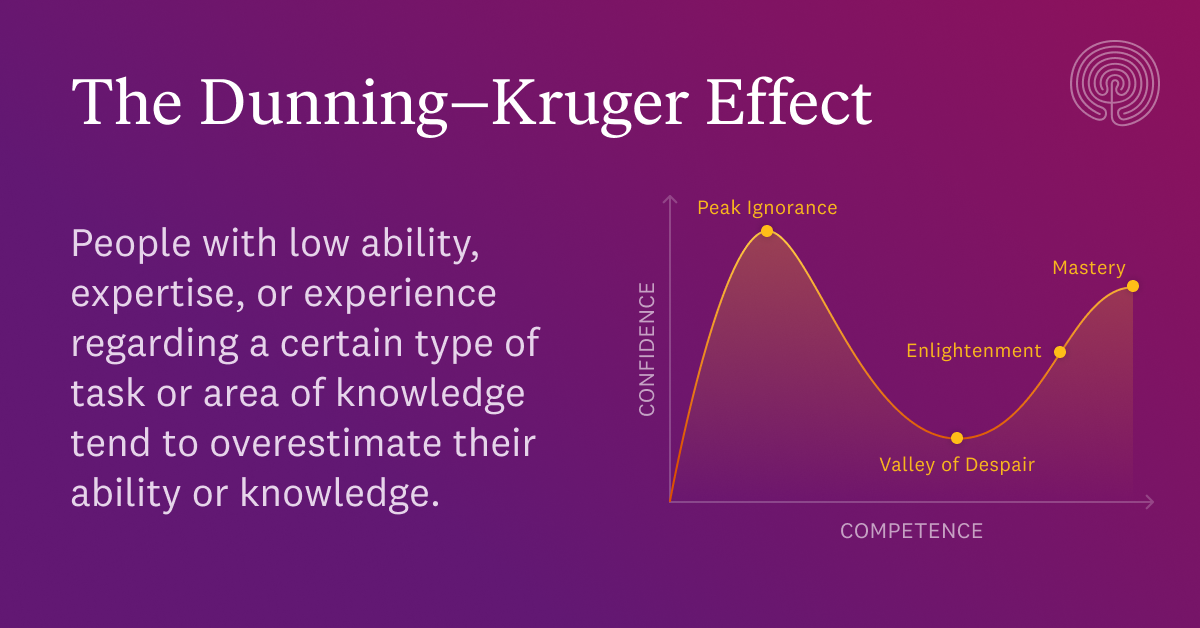Want to hear something really scary? Even the brightest companies are losing money (and customers) to a phenomenon we call “shadow design”: when non-designers do significant amounts of product and user experience design. In the third installment in our series, we offer proven techniques for design leaders to reclaim their practice and banish (or at least reduce!) shadow design spending.
This marks the third installment in our series dedicated to reframing the conversation surrounding the value of design.
In the initial article, I explored how to assess whether your organization is prepared to integrate design effectively into its product strategy or whether you’re spitting into the wind trying to make it happen.
The second piece delved into the art of measuring shadow design within your organization—how can you discern the extent of non-designers engaging in solo design work?
Now, I’m sharing what to do when the scale of shadow design exceeds your comfort zone. After all, the point is that your organization doesn’t necessarily have to invest more in design (especially with the tightened budgets we're seeing these days). It needs to spend its design dollars more effectively, with trained Designers who will (most often) produce better design.
We've witnessed various strategies adopted by clients to tackle shadow design. Given the pervasive nature of shadow design in most organizations, no single approach is likely to get the job done.
Here are a few things that we’ve seen work:
Share a Compelling Objective
Organizations tend to align more readily when there is a clear, meaningful objective in place. If you notice a substantial amount of shadow design within your organization, it's crucial to assess its impact. This impact might manifest directly (e.g., an entire product launch without a single designer) or indirectly, but clear objectives are essential.
As a design leader, you likely already have this well-defined. Impact can be observed in various ways, whether as specific numbers or trends:
- Prolonged sales cycles
- Lost sales
- Customer churn
- Low customer satisfaction
- Low lifetime customer value
- High support requests
- Sluggish engineering velocity
- And the list goes on…
So, don't merely advocate for the importance of design with vague statements like, “Design is important, we all know that, we should invest in design.” Instead, build a compelling case by saying something like: "We have identified the equivalent of 12 full-time employees engaged in shadow design within our organization, and we have observed a direct impact on customer satisfaction. To address this, we aim to ensure that every project is adequately staffed with designers, which we believe will reduce customer churn by 10%."
Get that Headcount
If your organization is open to discussing headcount, consider bringing this to the table. Presenting your numbers as full-time equivalents (FTEs) can be particularly effective (as we do in our sample “Cost of Shadow Design” presentation). Even if it's a fraction of the shadow design effort, it can make a meaningful difference.
If your organization is growing, that's even better. If not, consider negotiating for requisitions when other teams experience attrition. For instance, if the equivalent of five full-time engineers are performing design work, it's reasonable to argue that when an engineer departs, you should be allowed to open a requisition in your own department, rather than engineering replacing that position. This would free up remaining engineers from design tasks. Of course, if the lost engineer is a hard-core back-end person, they may require a 1:1 replacement, but it’s certainly a reasonable conversation to have!
Get that Budget
Similarly, asking for a budget increase is a valid and logical step when backed by data illustrating the significant time and money invested by non-designers in design work (that’s where our survey comes in handy). This approach can be even more effective if other teams are struggling to hire. For example, if Product Managers are stretched thin and finding it challenging to hire, bringing in a design contractor can bridge the gap and free up more of the existing Product Manager's time. Maybe ahem even permanently.
Convert the "Design-Curious"
We’ve all worked with that Business Analyst or Engineer who would rather debate the best workflow than do anything else, or who is enamored with style guide adherence. Maybe this is an opportunity for that person to come into the fold and join your organization? You can provide mentorship, guidance, and training to improve the quality of their work, and you get to manage them as a resource. Rarely will a design-curious person be offended if you approach them with a compliment for their passion.
Of course, their Managers may be less excited about this, so a conversation with those folks first is warranted. But they may be happy to have you take the design-curious person on…who knows, maybe they’d rather bring in someone more focused on being a BA or an Engineer!
Side note: It’s worth stating here that my bias, based on working with several excellent Business Analysts, is that they actually are Designers. They just tend to work in words instead of pictures. I think they should all move over to the design team where they can contribute their skills and also grow.
Get in Front and Call it Your Parade: Train the Non-Designers
Training non-designers can also be a powerful strategy. We've successfully employed this approach with Designer Managers and also very effectively with Research Leads who initially provided research services but were unable to meet the growing demand.
Teams started going “off-piste” and doing their own research; after all, how hard can it be? Unfortunately, conducting research might not be rocket science, but it’s also easy to do wrong, and suffers even more than design from the Dunning-Kruger effect. This is a win (People value research! They want more!), but also a risk, because bad research can lead to bad decision-making. And bad design can lead to all kinds of bad stuff.

To address this, we helped teams train these individuals to carry out research more effectively and align with the goals and values of the core research or design team. This strategy offers several benefits, including:
- Enhancing your reputation as a supportive leader
- Providing better insights into ongoing projects and initiatives
- Increasing your influence over the work being done
- Elevating the overall quality of work across the organization
- Fostering greater awareness and appreciation for your team's skills
In essence, it acknowledges the reality of the situation.

The Long Game
Even by employing these techniques, it's unlikely that you'll completely eliminate shadow design. However, using several of these strategies can effectively reduce its prevalence. Don’t forget to track all of your amazing progress by conducting repeated surveys over multiple years.
To date, none of our clients have reached a point where they couldn't make progress in reducing the risk of shadow design and it’s negative affects on their customers and company.
So stick to it, don’t expect to check the box, but instead be pleased with slow and steady progress. If you’re doing any of this stuff, we’d love to hear from you! And if you want help measuring or addressing shadow design, please reach out!

